The Complete Guide to
DRAWING for Beginners 21 STEP-BY-STEP LESSONS YOSHIKO OGURA
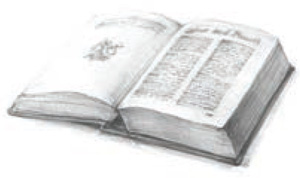
 Quick Lookup Index
Quick Lookup Index Here is a list of the objects introduced in this book.
Simple Shapes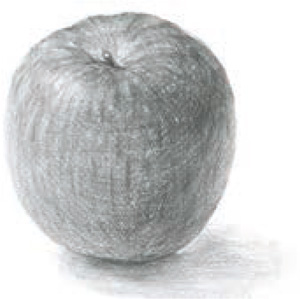
Apple

Milk Carton
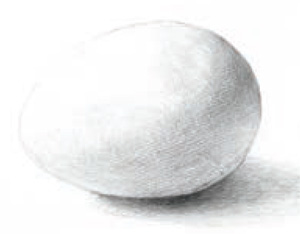
Egg
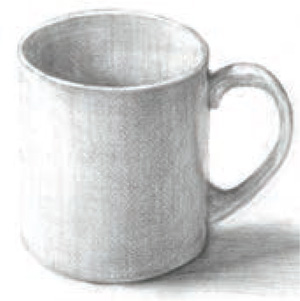
Mug
Hard and Soft Surfaces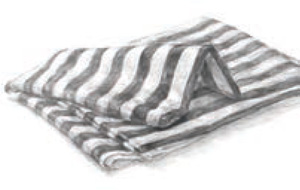
Blanket
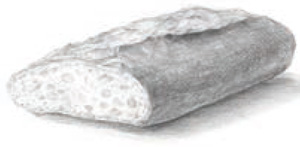
French Bread
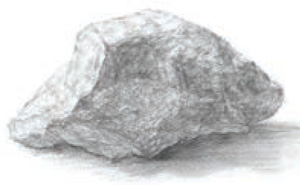
Rock

Open Book
Transparent Objects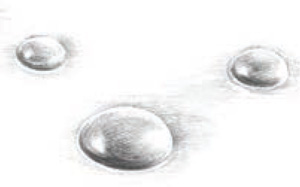
Water Droplets

Glass
Complex Shapes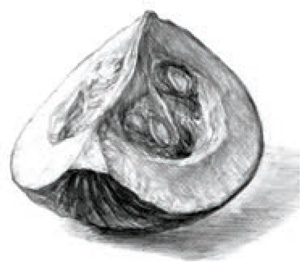
Piece of Squash

Sunflower
Human Anatomical Features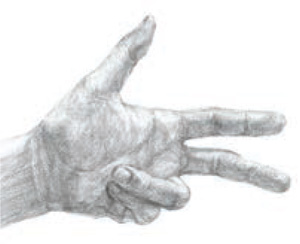
Hand

Face
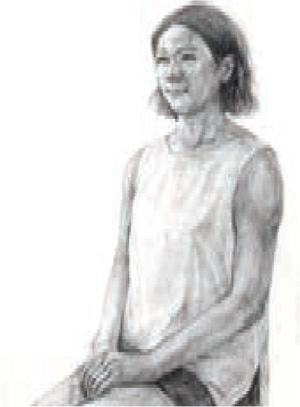
Upper Body Portrait
Landscape Elements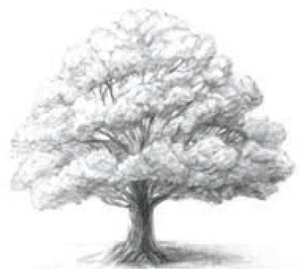
Tree
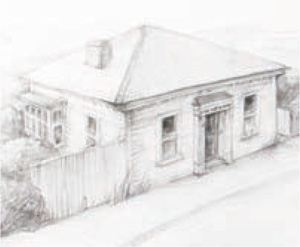
Building
Animals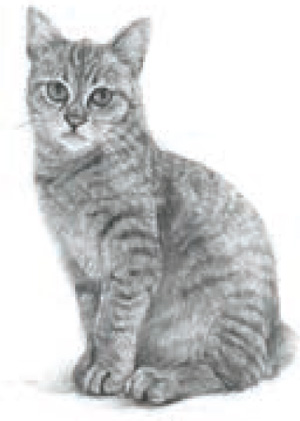
Cat
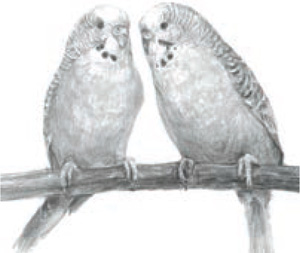
Parakeets
Combining Objects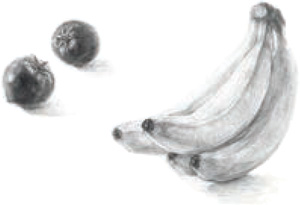
Color Contrast

Different Textures
How to Use This Book Keep the following points in mind in order to take full advantage of the lessons in this book and enjoy the learning process.
 Terms Used in DrawingAxis
Terms Used in DrawingAxis A line passing through the center of a solid object. In objects such as fruits and vegetables, the axis runs through the core.
Backlight Light shining from behind the subject.
Brightness The degree to which light reflects from an objects surface.
Centerline A line that bisects a symmetrical object being depicted.
Centerline A line that bisects a symmetrical object being depicted.
Alternatively, a line that divides the horizontal or vertical halves of a composition. Center point A point positioned in the center of the object being depicted. Alternatively, a point in the middle of the various elements of a composition. Composing The act of mindfully positioning and scaling an object or objects on the drawing surface. See . Contrast The observable difference in adjacent light and dark areas of a drawing. Contrast The observable difference in adjacent light and dark areas of a drawing.
Areas of high contrast exhibit an intensity that draws the eye. Depth The distance from the front to the back of the object. Depth in drawings is often expressed by subtly blurring and lightening the portions that should appear farthest from the viewer. Details Final, small, carefully made additions to a drawing that make it come alive with realism. Diagonal A line connecting the vertices of two non-adjacent corners of a polygon. Dominant Eye The eye that is used primarily for sight. Dominant Eye The eye that is used primarily for sight.
The non-dominant eye plays a supporting role in correcting focus and comprehending depth perception. To determine your dominant eye, hold an index finger out while you focus on a distant object. Move your finger to cover the distant object, and then close one eye at a time. The eye that still sees the distant object as being covered up is the dominant one. Eye level The vantage point of the viewer. See . Focus In drawing, it is the part of the image in the foreground that commands attention and draws the eye. Form The shape of an object or group of assembled objects. See . Free-hand Drawing without the use of tools such as a ruler or French curve. Free-hand Drawing without the use of tools such as a ruler or French curve.
This book focuses on freehand drawing instruction. Golden ratio A ratio expressed as 1:1.618 in geometry, which is the basis of the golden rectangle, an aesthetically pleasing shape that has been used in many famous artworks, such as Leonardo da Vincis Mona Lisa. Gradation Gradual changes from one shade, color or texture to another. Highlight The location or locations on an object where the most light is reflected to the viewers eye. If the object is polished, the highlight will be sharply defined. Inherent color The actual color of the surface of a given object, unrelated to the intensity of the lighting. Intersection The vertex where the edge of two planes of a three-dimensional shape meet. Intersection The vertex where the edge of two planes of a three-dimensional shape meet.
Understanding of planes and vertices is the basis of drawing. See . Light source The natural or artificial point or points from which light is directed toward an object. In drawing, it is important to determine the light source, and understand how it affects shading, highlights and shadows. See page 8. Masking tape Low-tack painters tape useful for recording the position of an object that is likely to be moved before the drawing is completed.

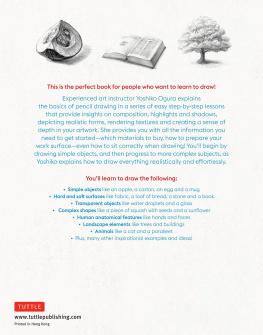

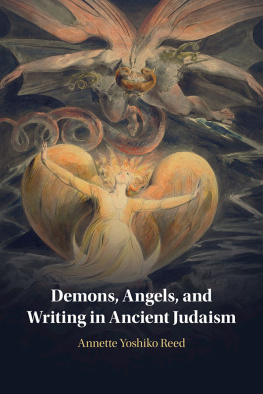
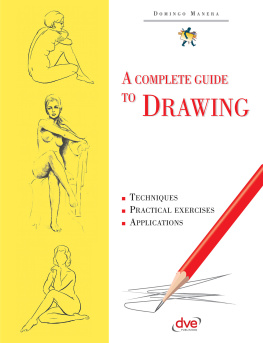


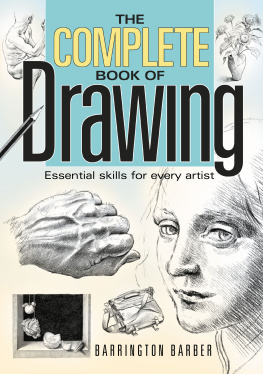

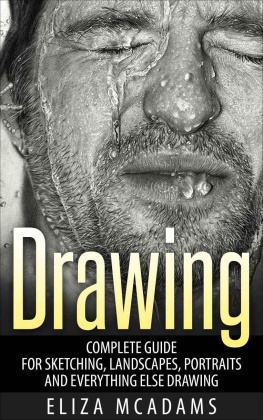
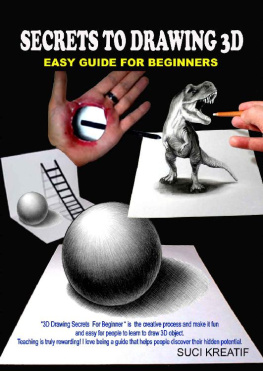


 Quick Lookup Index Here is a list of the objects introduced in this book. Simple Shapes
Quick Lookup Index Here is a list of the objects introduced in this book. Simple Shapes Apple
Apple  Milk Carton
Milk Carton  Egg
Egg  Mug Hard and Soft Surfaces
Mug Hard and Soft Surfaces Blanket
Blanket  French Bread
French Bread  Rock
Rock  Water Droplets
Water Droplets  Glass Complex Shapes
Glass Complex Shapes Piece of Squash
Piece of Squash  Sunflower Human Anatomical Features
Sunflower Human Anatomical Features Hand
Hand  Face
Face  Upper Body Portrait Landscape Elements
Upper Body Portrait Landscape Elements Tree
Tree  Building Animals
Building Animals Cat
Cat  Parakeets Combining Objects
Parakeets Combining Objects Color Contrast
Color Contrast  Different Textures How to Use This Book Keep the following points in mind in order to take full advantage of the lessons in this book and enjoy the learning process.
Different Textures How to Use This Book Keep the following points in mind in order to take full advantage of the lessons in this book and enjoy the learning process.  Terms Used in DrawingAxis A line passing through the center of a solid object. In objects such as fruits and vegetables, the axis runs through the core. Backlight Light shining from behind the subject. Brightness The degree to which light reflects from an objects surface. Centerline A line that bisects a symmetrical object being depicted. Centerline A line that bisects a symmetrical object being depicted.
Terms Used in DrawingAxis A line passing through the center of a solid object. In objects such as fruits and vegetables, the axis runs through the core. Backlight Light shining from behind the subject. Brightness The degree to which light reflects from an objects surface. Centerline A line that bisects a symmetrical object being depicted. Centerline A line that bisects a symmetrical object being depicted.